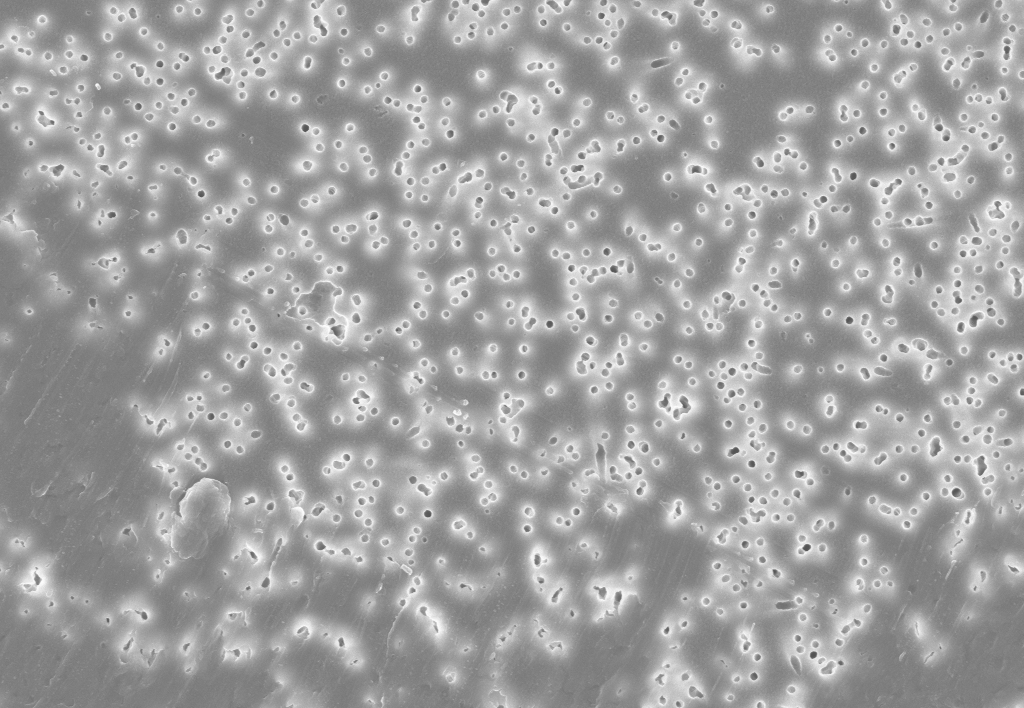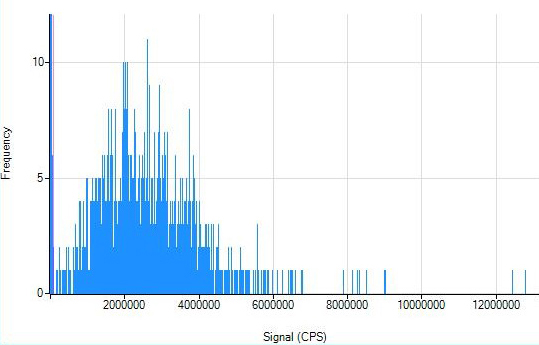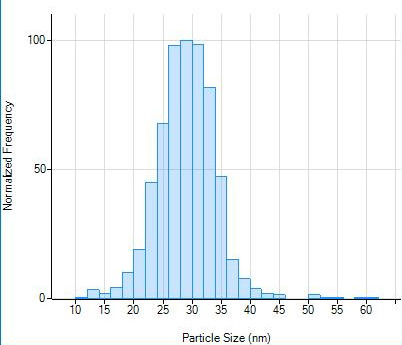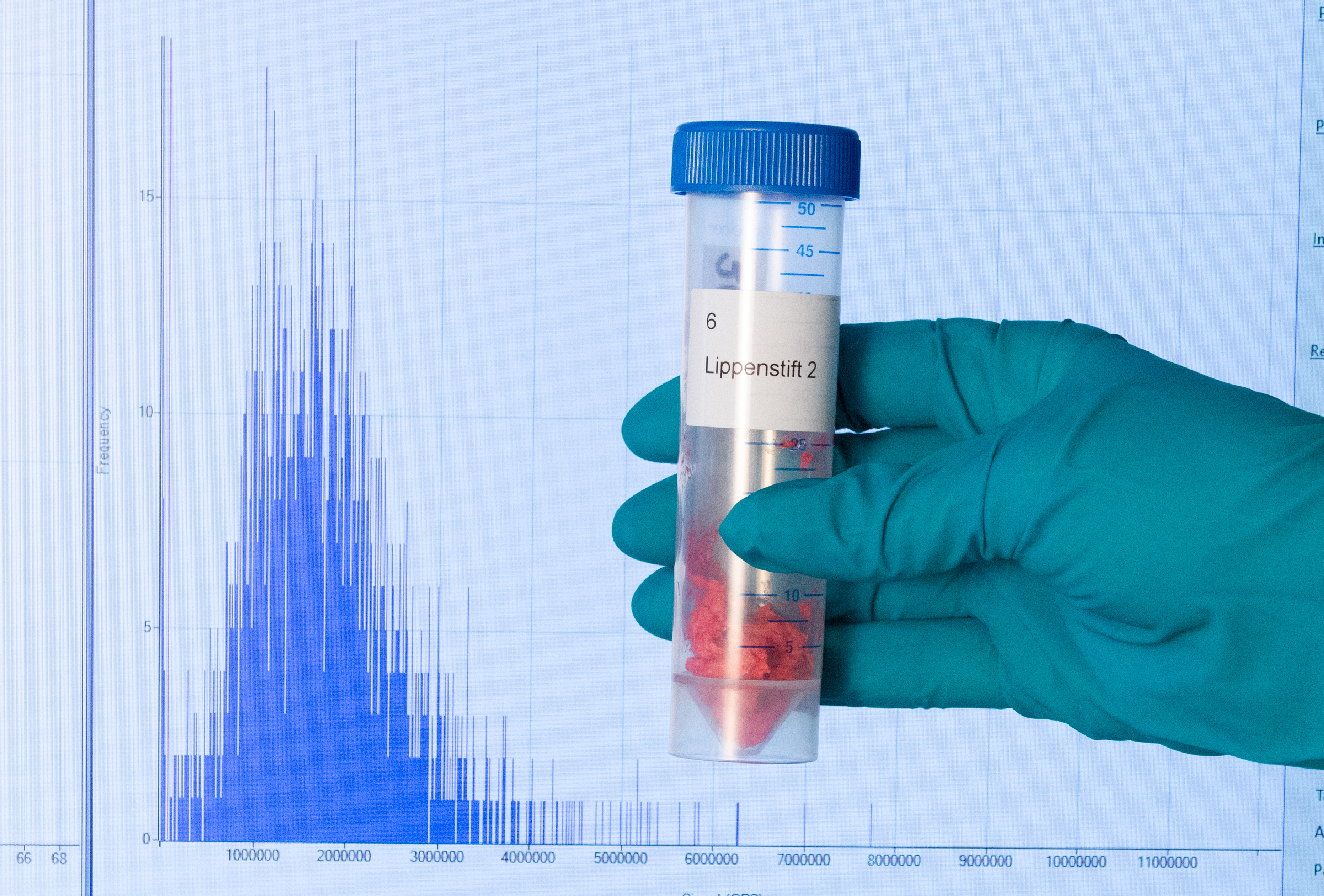Wide use of nanoparticles
Nanoparticles have found a broad range of applications in recent years due to their small size, and can be specifically equipped with new properties so that they can influence the properties of products. Engineered nanoparticles can be found in products such as electronic and optical devices, in paints and varnishes, adhesives and textiles, as well as in contrast agents for medical purposes, cosmetics, food packaging and even in food products. The extensive use of nanoparticles also leads to increased environmental contamination.
Labeling requirement for nanoparticles
The cosmetics ordinance that came into force in July 2013 requires that all cosmetic and personal care products containing nanomaterials must be labeled. The assessment of what constitutes a nanomaterial is based on the number distribution. According to this distribution, a nanomaterial must be declared if at least 50 percent of the particles have a size of 1 to 100 nm. Current data from the manufacturers are usually based on a volume distribution (mass distribution). This cannot be translated directly into a number distribution. An appropriate labeling requirement for nanomaterials in foodstuffs came into force in December 2014.
 Fraunhofer Institute for Interfacial Engineering and Biotechnology IGB
Fraunhofer Institute for Interfacial Engineering and Biotechnology IGB


